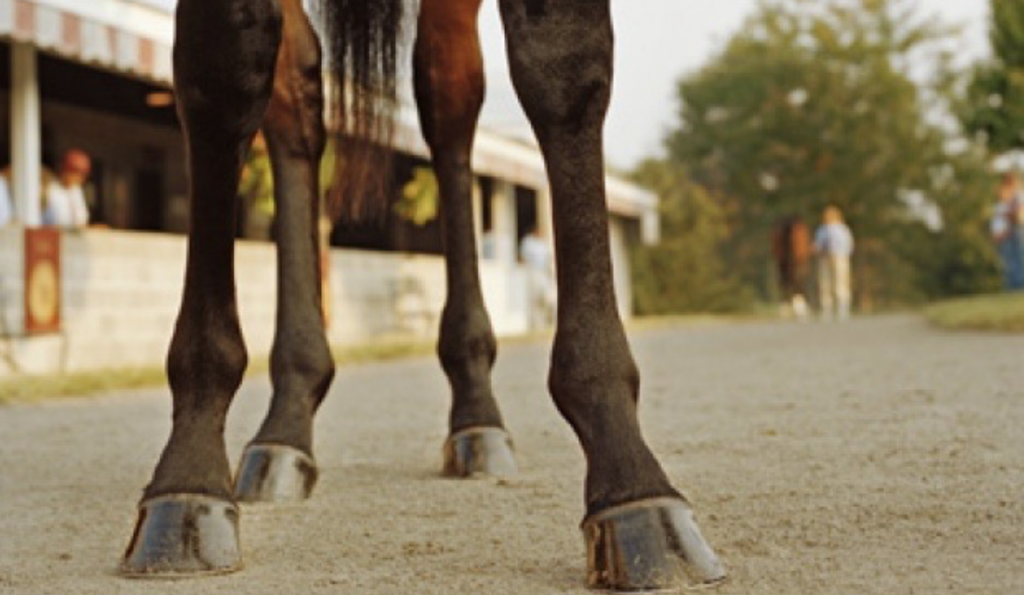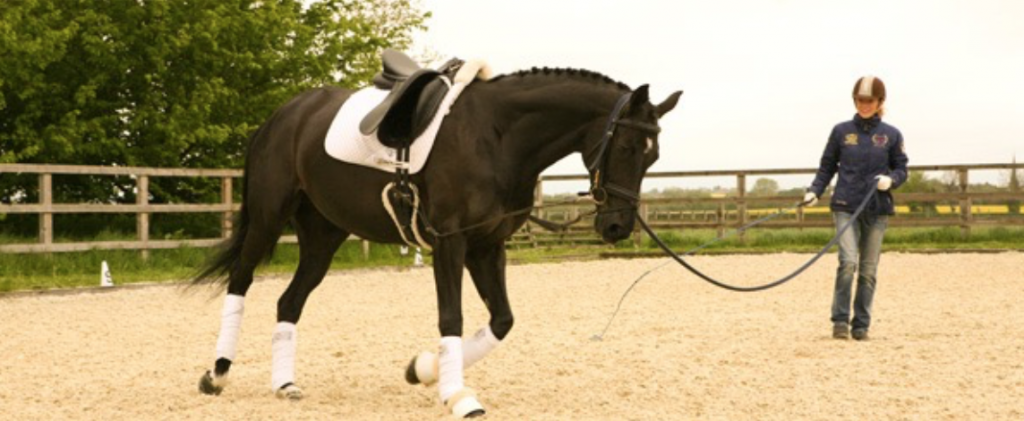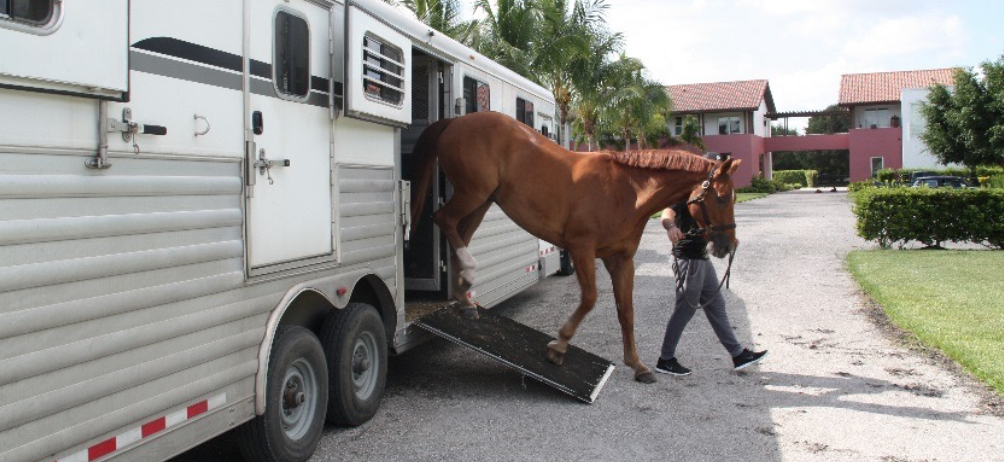By Dr. steven allday, DVM
I spend most of my time taking care of elite racehorses. You don’t have to have a thoroughbred in your barn to know that sometimes the medical needs of horses can be baffling. They might be performing well when suddenly they just seem “off.” They’re not as fast, not responding as well, not concentrating, and maybe even pulling up when they normally would be leaning in. Now what? The first answer to this question is “know your horse.” The first step to doing this is learning how to see your horse through a vet’s eyes. These six steps are the first and most basic methods of how a vet looks at a horse.
1. Know your horse’s muscle tone. When they are relaxed and healthy, how hard or soft are the muscles on each part of your horse’s body? Every few workouts it pays to truly go over each area of your horse from the nose to the tail. As your horse passes new milestones, you will see them developing new muscle, and hardening up existing muscle. But there’s a difference when something is wrong. Instead of feeling tighter all over, you’ll be able to feel tightness in specific points, often where muscle groups come together. It’s a bit like when a person comes to a masseuse complaining of having “knots” in their back. When you press on those muscles, the horse will flinch, because they hurt. Horses in this condition are primed for an injury. Give them a day or two of rest and a good rubdown. If it persists or progresses, it’s time to call your vet.
2. Be on the lookout for changes in the legs. If you know how your horse’s legs look when they are relaxed and healthy, then it will be much easier to see when something is wrong. If your horse’s legs are hot to the touch, swollen, full of fluid, unusually tight, or developing a bony spur; that is a red flag something is wrong.

3. Know your horse’s fitness level. You’d be surprised by the number of people who don’t know their horse is fat. Try this simple test. Try to roll an egg or a small ball down your horses back. If it can roll straight down in a crease on your horse’s back, it’s probably overweight. It’s time to talk to your vet about your feed and exercise routines. Also be watchful if your horse seems to get easily winded or sweaty, especially when exercising at levels that were previously easy for him.
4. Analyze your horse’s gait. Take your horse out for a walk, trot, and then canter. Is your horse favoring a leg? Not extending his legs as much as usual? Doing anything out of the ordinary? These can be signs of a simmering injury.

5. Pay attention to your horse’s behavior. Most horses truly like what they do. A horse that’s acting up is not just high strung or having a bad day. It’s time to start examining the horse and asking a lot of questions.
6. Get your horse regular checkups. How much medical care a horse needs depends entirely on his activity level. If you just have a backyard, recreational horse, a once-a-year checkup is usually fine. But if you’ve got a horse on a competition trail with heavy exercise routines, two to eight times a year is not an unusual amount of checkups. If you have a competition schedule, go over it with your vet in advance to determine when checkups should be done in the calendar year. Talk to your vet about his feed, his workout routines, and keep good records of his vaccines and blood tests.

There’s an old saying that an ounce of prevention is worth a pound of cure. Nowhere is this more true than in horse care. As a young rider, you have an opportunity to develop a long and meaningful relationship with your horse. Get to know your horse’s signals, and he’ll give you all the information you need to know to stop injuries before they start.

